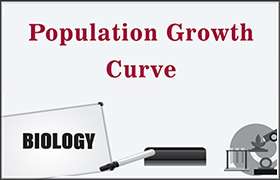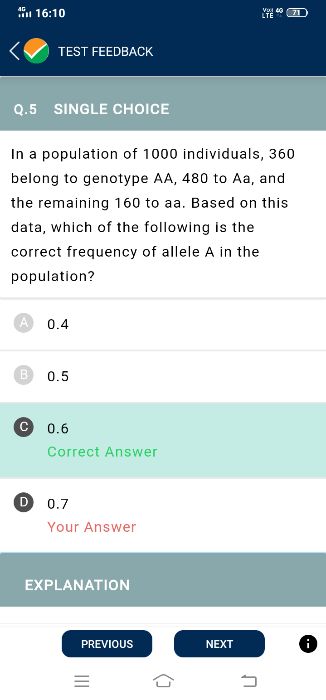NEET Class neet Answered
How is conformation (in which the body temp or osmotic pressure changes with environment) a type of adaptation? If it is very cold outside the body temperature of the animal drops won't he die?
Asked by prakriti12oct | 25 Dec, 2019, 05:21: PM
- Aquatic organisms with various salt tolerances adapt to their environments through osmoregulation and osmoconformation.
- Osmoconformers are organisms that remain isotonic with seawater by conforming their body fluid concentrations to changes in seawater concentration.
- Most marine invertebrates may be isotonic with sea water (osmoconformers). Their body fluid concentrations conform to changes in seawater concentration.
- For example, the blood of sharks contains urea and trimethylamine oxide (TMAO). The shark’s blood electrolyte composition is not similar to that of seawater, but maintains isotonicity with seawater by storing urea at high concentrations.
- Thus, conformation or osmoconformation is a type of adaptation in organisms to survive in changing environments.
Answered by Sheetal Kolte | 30 Dec, 2019, 12:18: PM
Concept Videos
NEET neet - Biology
Asked by prakriti12oct | 25 Dec, 2019, 05:21: PM







